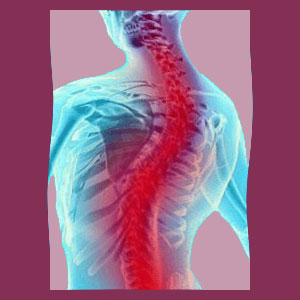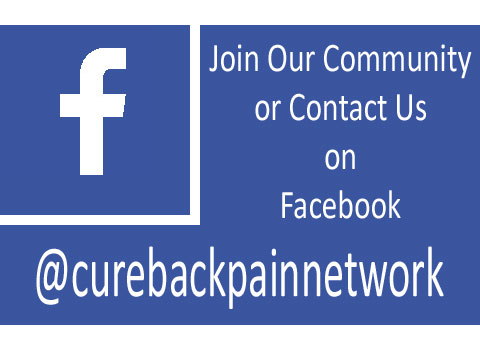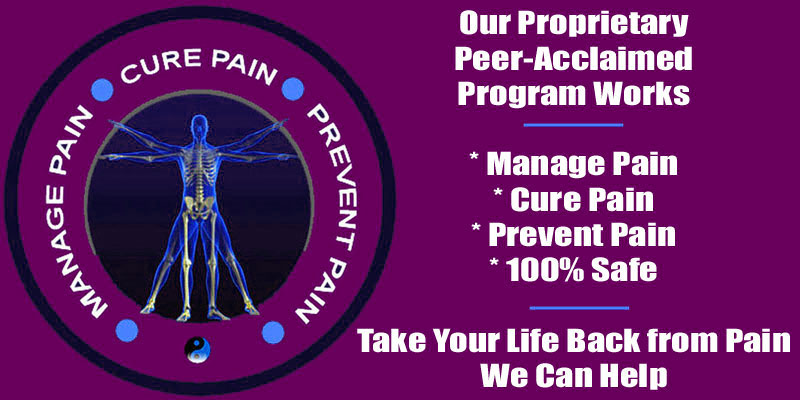
Scoliosis back pain is a rare consequence of atypical spinal curvature. Most cases of scoliosis are not painful or pathological. However, when pain does occur, it can be very debilitating and functionally-limiting, often leading patients towards invasive care practices in search of relief.
Back pain is an epidemic of the modern world, affecting up to 85% of adults significantly at some point in life. Scoliosis is a relatively common spinal condition, affecting approximately 3% to 5% of the total population. This translates into hundreds of millions of scoliosis patients who will also demonstrate back pain worldwide. However, the main point to consider is that scoliosis is likely to be an incidental factor in the expression of back pain in virtually all of these people. In essence, scoliosis does not inherently cause back pain, but is certainly does not prevent a person from suffering it either.
This crucial dialog provides evidence of the mostly innocent nature of most scoliotic curvatures. We will also discuss the rare exceptions where scoliosis might create back pain and detail the mechanisms by which these symptoms may occur.
Scoliosis Back Pain Statistics
Both research science and clinical medicine view scoliosis as a mostly harmless event in the human spine. Virtually all cases are classified as mild to moderate and are not deemed indicated for any type of treatment. For scoliosis that is significant enough to warrant professional care, rather than simple monitoring for progression, bracing is usually very effective in younger patients, while exercise and conservative therapy is typical adequate in older patients. Even significant scoliosis is not generally linked in any way to causing back pain.
Painful scoliosis is generally considered to describe the worst cases of atypical spinal curvature, where the patient is obviously suffering from their structural abnormality. However, the historical record is chock full of very, very severe cases of scoliotic curvature where the patients never complained of any pain whatsoever; so it seems that even extreme curvatures are not inherently painful, even when they are pathological to posture and normal organ functionality.
It should be noted that scoliosis is mistakenly linked to the expression of back pain in many instances. These iatrogenic mistakes are usually committed by financially-motivated Cartesian purists who are still propagating a medical model that has been conclusively shown to be incorrect. Patients are strongly warned that their scoliosis might be unfairly blamed for being the cause of back pain without any evidence linking the 2 conditions. This is precisely why it is so important that patients learn the facts of scoliosis for themselves and become fully capable of being their own healthcare advocates.
Scoliosis Symptom Causation
Some forms of scoliosis can and do cause back pain, as well as a variety of other pathological expressions in the anatomy. Below we detail how these mechanisms work, so that patients can have an objective comparison study for their own diagnosed issues:
Scoliosis can create misalignments in the central spinal column that might cause or contribute to central spinal stenosis. It must be mentioned that central stenosis is normal to experience as people age and everyone will demonstrate it to some degree. Most cases are not symptomatic. However, some cases can cause terrible pain and neurological dysfunction.
Scoliosis can similarly reduce the patency of one or more neuroforaminal openings, particularly when these are located on the concave aspects of significant curvatures. While neuroforaminal stenosis is also completely normal, select cases can create the ideal circumstances for pinched nerves to occur. However, pinched nerves do not necessarily create any back pain, but instead involve dysfunction at the anatomical site of innervation, commonly in the arms or legs.
Scoliosis can affect the normal degrees of lordosis and kyphosis, possibly creating symptomatic versions of exaggerated or deficient spinal curvatures in the sagittal plane.
Scoliosis can involve vertebral rotation. This rotation might misalign facet joints connections and/or create painful mechanical interactions between vertebral bones.
Scoliosis can place a huge strain on the postural muscles, possibly creating imbalances, deficiencies, RSI or even direct injury. Most scoliosis-related back pain is found to be muscular in origin, rather than spinally-motivated.
Scoliosis Back Pain Consequences
Seeking expert diagnostic evaluation is critical when trying to solve any back pain problem. Scoliosis only makes matters more complex, since the facts show the condition to be mostly harmless, yet exceptions can and do occur. Remember that the #1 problem in the dorsalgia care industry is misdiagnosis and this is true regardless of the existence of, or lack of, scoliosis in particular patients…
If your pain is mistakenly blamed on scoliosis, statistics show a high probability that you will eventually elect to undergo spinal fusion in an attempt to relieve your suffering. This is a very invasive and barbaric surgery that should be held in reserve for the most dramatic of all cases of scoliosis. To see patients with mild or moderate cases undergoing fusion breaks our collective hearts. Worse still, fusion demonstrates no proof of reducing any type of back pain, even when it can successfully stabilize a compromised spine. In fact, we have found that most patients complain of similar or even worsened pain postoperatively, while patients who undergo fusion for non-pain reasons often complain of back pain for the first time following the procedure.





